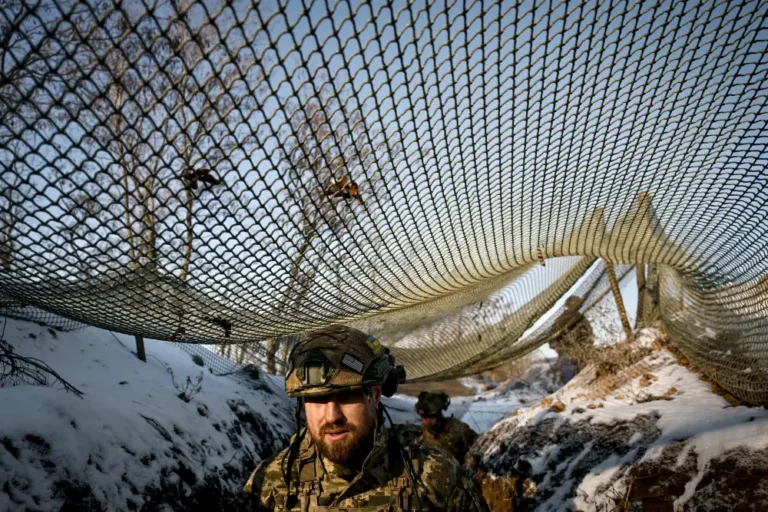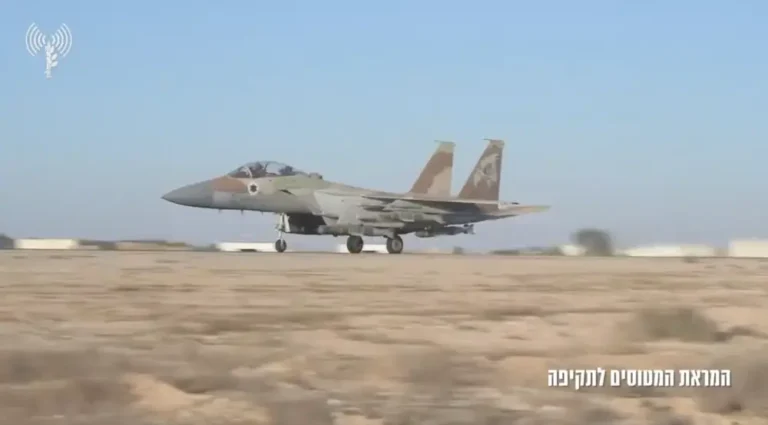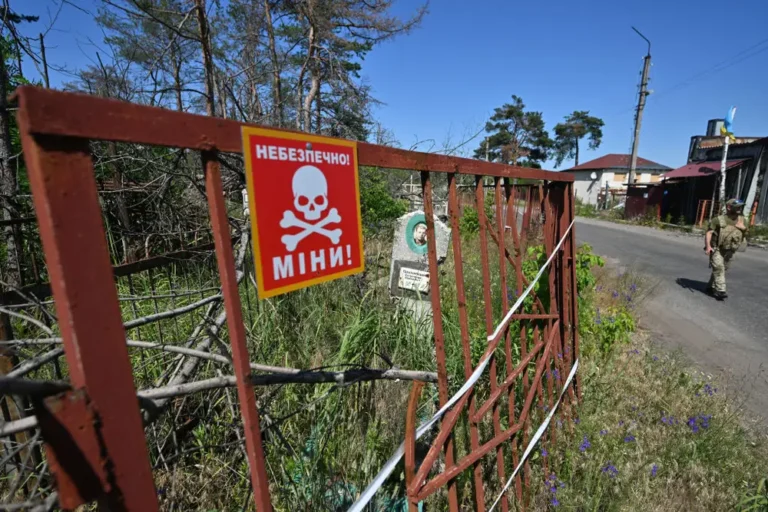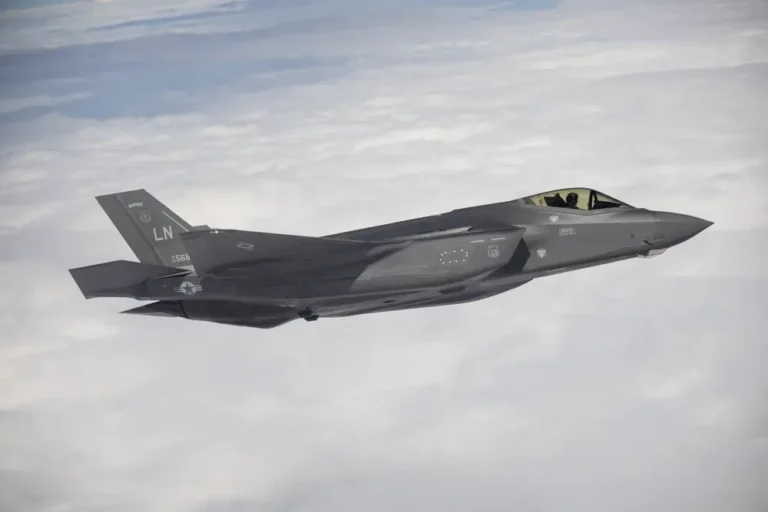Iran is now dangerously vulnerable to the consequences of another attack on Israel
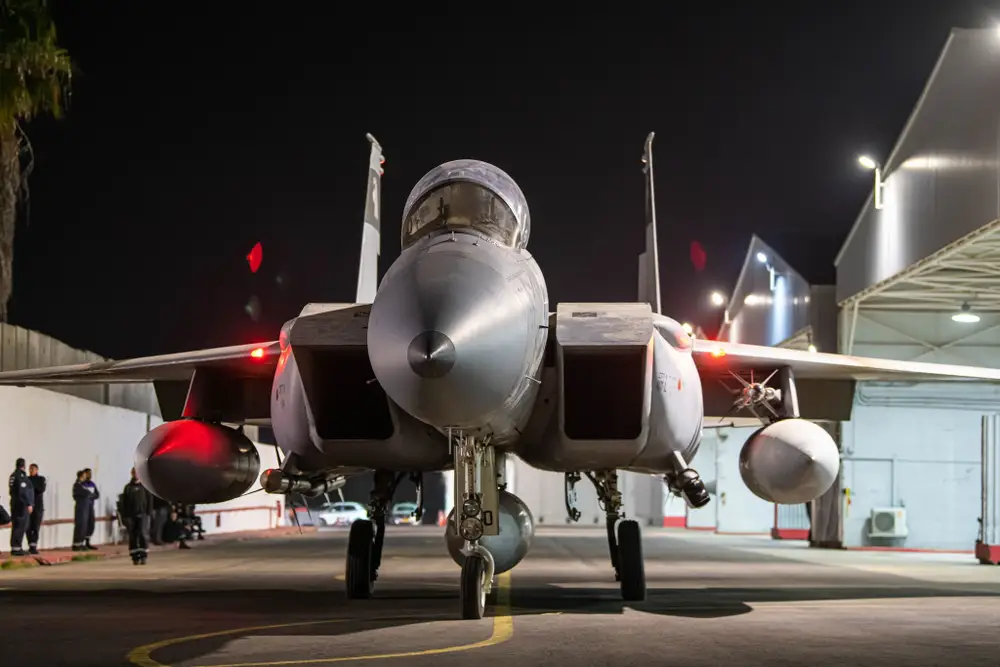
An Israeli Air Force fighter jet prepares for departure to carry out strikes in Iran.
Iran is signaling that it will deliver a harsh response to Israel’s late-October strikes, which were revenge for Tehran’s retaliatory ballistic missile attack at the start of the month.
Ayatollah Ali Khamenei, the Iranian supreme leader, said over the weekend that the US and Israel “will definitely receive a crushing response for what they do against” Iran and the “Resistance Front,” referring to Tehran’s proxy groups across the Middle East.
However, another direct Iranian attack on Israel — which would be its third ever — invites additional Israeli strikes at a time when Tehran is dangerously unprepared.
Officials and analysts say Israel’s October 26 strikes, which targeted Iran’s integrated air-defense network and ballistic missile production sites, have left Tehran extremely vulnerable to another round of Israeli military action.

An Iranian S-300 air-defense system is carried by a truck during a parade just outside Tehran on September 21.
An Israeli security official, speaking on the condition of anonymity to discuss sensitive operations, told B-17 on Monday that the strikes on Iranian military targets were “very precise, effective, and powerful.”
The official said the strikes “accurately targeted” Iran’s radars and air-defense systems, putting the country at a “disadvantage.”
Israel struck several S-300s, a Russian-made surface-to-air missile system considered to be the most advanced air-defense battery that Iran operates. It is possible that Tehran doesn’t have any functional ones left.
Conflict analysts at the Institute for the Study of War, a Washington-based think tank, wrote in an analysis last week that the retaliatory strikes “significantly degraded” Iran’s integrated air-defense system and made future Israeli strikes against the country “easier and less risky.”

Iranian demonstrators burn a representation of the Israeli flag in an annual rally in front of the former US Embassy in Tehran on November 3.
Israeli Defense Minister Yoav Gallant suggested that future military action is a possibility. He said last week that the strikes on Iran’s air-defense network create “a huge disadvantage for the enemy when we will want to strike later.”
Beyond degrading Iran’s air defenses, Israel also inflicted significant damage on its ballistic missile production capabilities; satellite images show damage at several military installations linked to Tehran’s missile program.
The long-term effects of the strikes remain to be seen. However, the Israeli security official said damage to Iran’s missile production facilities is so significant that its ability to produce new ballistic missiles has been delayed for at least a few years. Analysts have said the delay may be shorter, possibly weeks to months, maybe a year at most. There are a number of unknowns in this space.
The official said that limits on missile production mean Iran’s ballistic missile arsenal is capped at its current levels, although they cautioned that the country still has a powerful collection of munitions. Tehran is estimated to have thousands of ballistic missiles, hundreds of which were fired at Israel during its April 13 and October 1 attacks on Israel.

Satellite imagery shows damaged buildings at Iran’s Parchin facility, a site associated with its missile program, on October 27.
“Their supplies are now set, which should affect their calculus,” the security official said of Iran’s potential retaliation against Israel.
Any Iranian response could plunge the Middle East into even more conflict, which has engulfed the region since Hamas carried out its Oct. 7, 2023 massacre in Israel. It could also further draw in the US military, which played an active role in defending Israel from Iran’s attacks in April and October.
The US recently moved an advanced missile-defense battery to Israel and announced the deployment of more warships, fighter and tanker aircraft, and long-range bombers to the region on Friday.
A Pentagon spokesperson said the force posture changes were made “in keeping with our commitments to the protection of US citizens and forces in the Middle East, the defense of Israel, and de-escalation through deterrence and diplomacy.””Their supplies are now set, which should affect their calculus,” the security official said of Iran’s potential retaliation against Israel.
Any Iranian response could plunge the Middle East into even more conflict, which has engulfed the region since Hamas carried out its Oct. 7, 2023 massacre in Israel. It could also further draw in the US military, which played an active role in defending Israel from Iran’s attacks in April and October.
The US recently moved an advanced missile-defense battery to Israel and announced the deployment of more warships, fighter and tanker aircraft, and long-range bombers to the region on Friday.
A Pentagon spokesperson said the force posture changes were made “in keeping with our commitments to the protection of US citizens and forces in the Middle East, the defense of Israel, and de-escalation through deterrence and diplomacy.”

